Reactor Vessel Explosion: Quantitative Risk Analysis and Mitigation
VerifiedAdded on 2023/02/07
|8
|422
|100
Report
AI Summary
This report presents a comprehensive analysis of a reactor vessel explosion, focusing on quantitative risk assessment and mitigation strategies. The assignment begins with a process description and relevant assumptions. It then uses Failure Mode and Effects Analysis (FMEA) to identify potential failure modes. A fault tree analysis (FTA) is constructed to determine the probability of an explosion, using provided reliability data. The report utilizes Event Tree Analysis (ETA) to identify the potential consequences of the explosion, considering factors like population density and environmental conditions. Finally, the report assesses the acceptability of the identified risks and recommends corrective measures to minimize the likelihood and impact of such an event. The report covers all aspects of the assignment brief including the use of charts, graphs, and tables to support the analysis and findings.
1 out of 8
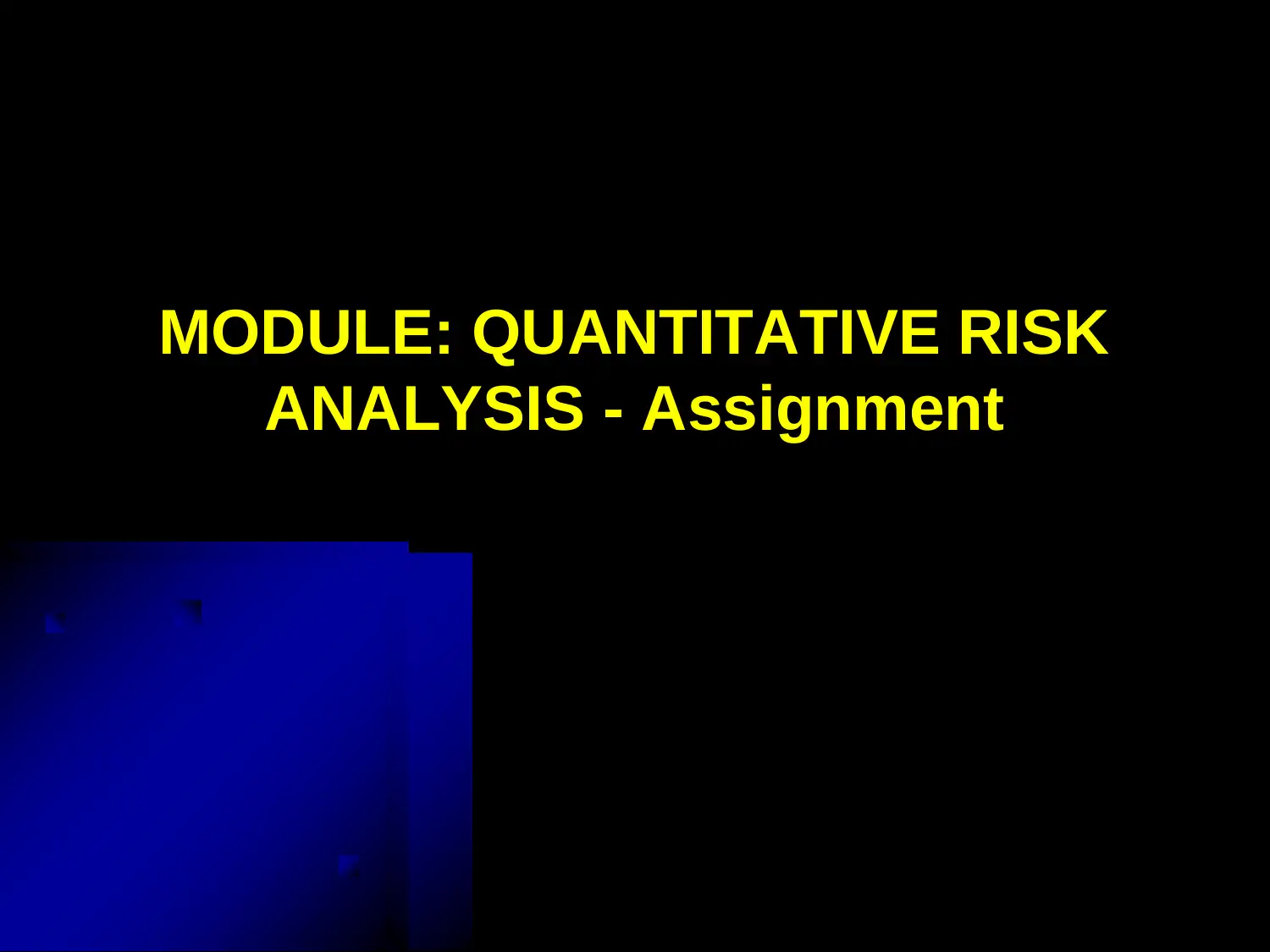
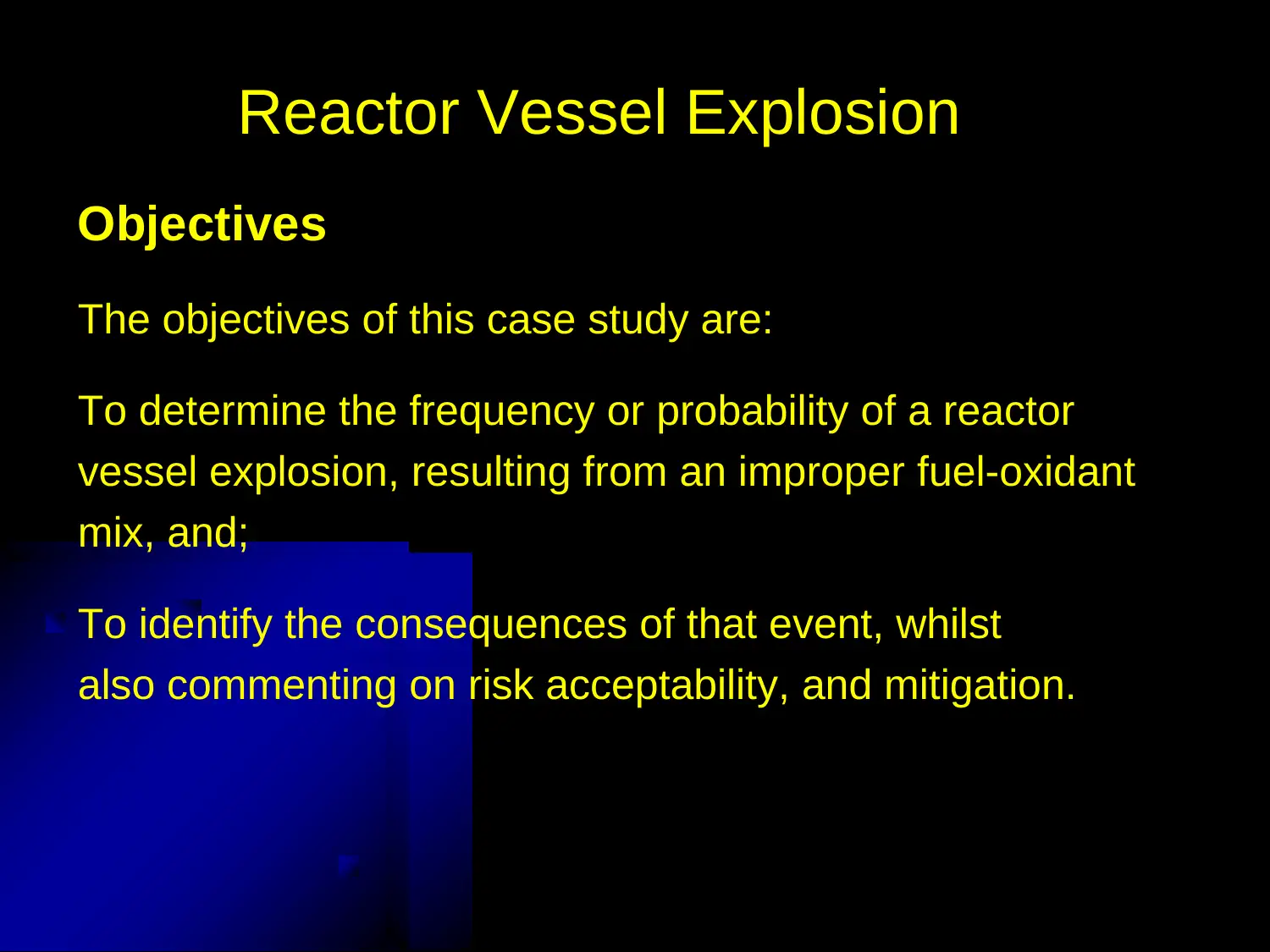
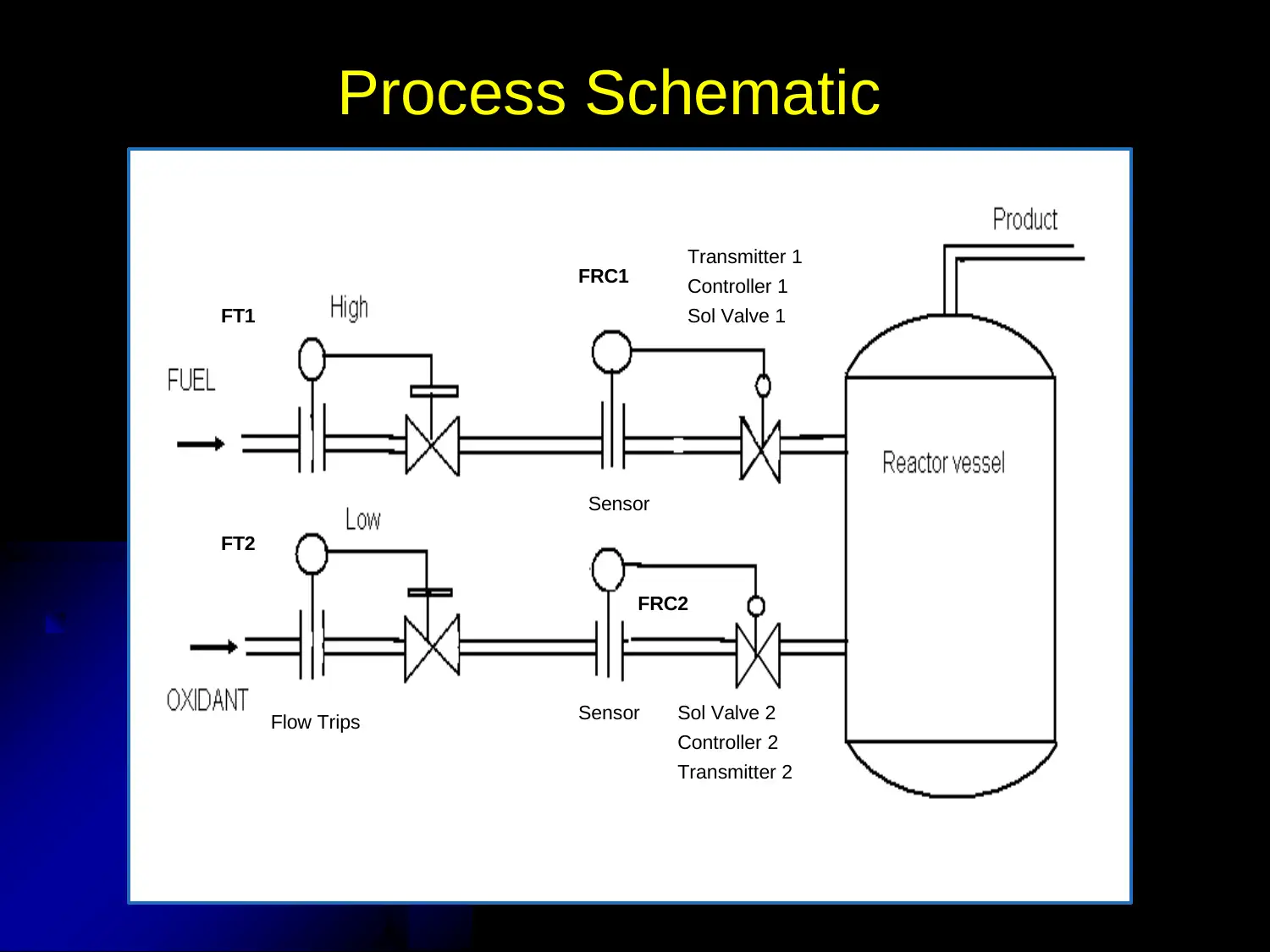


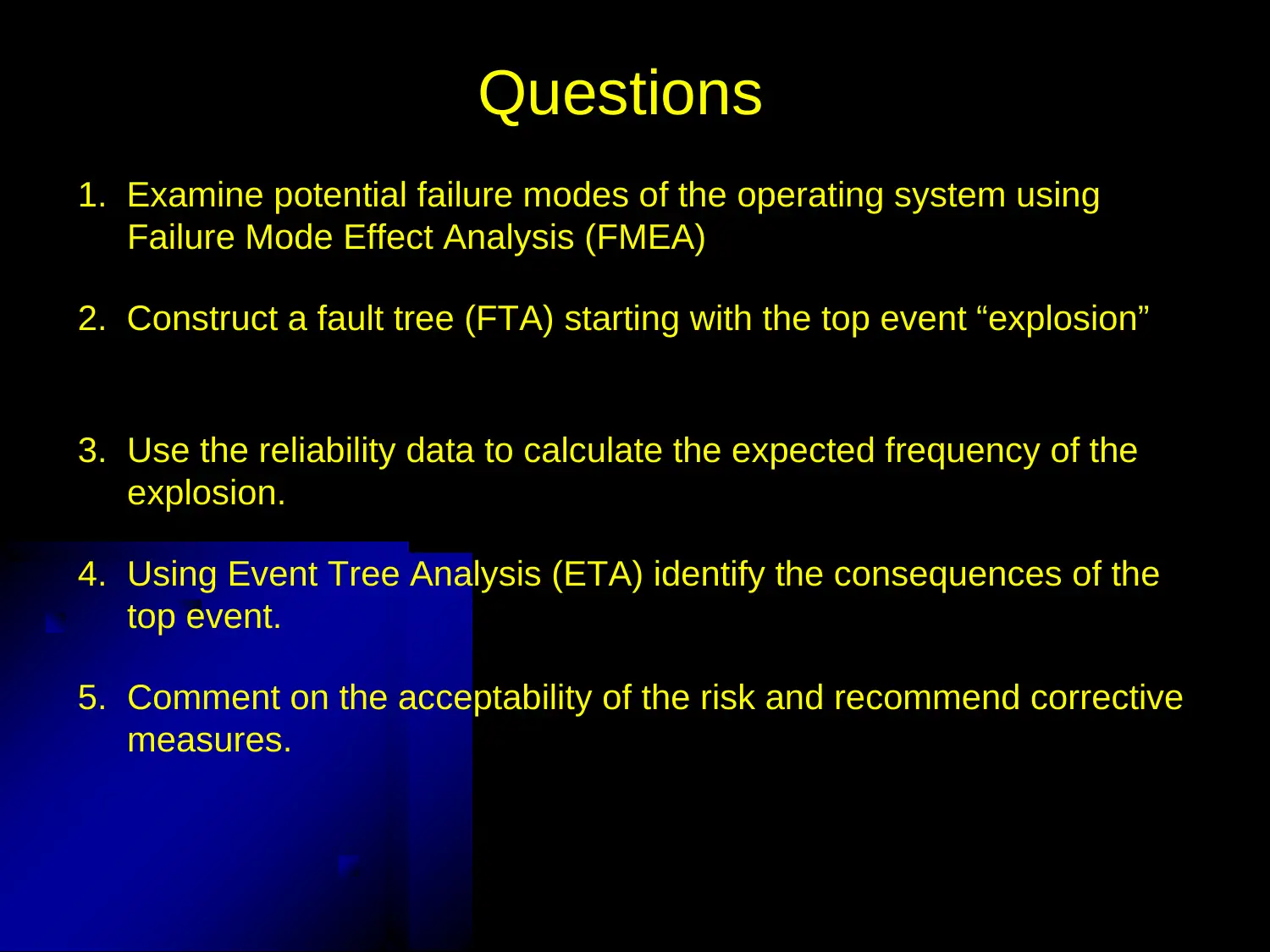

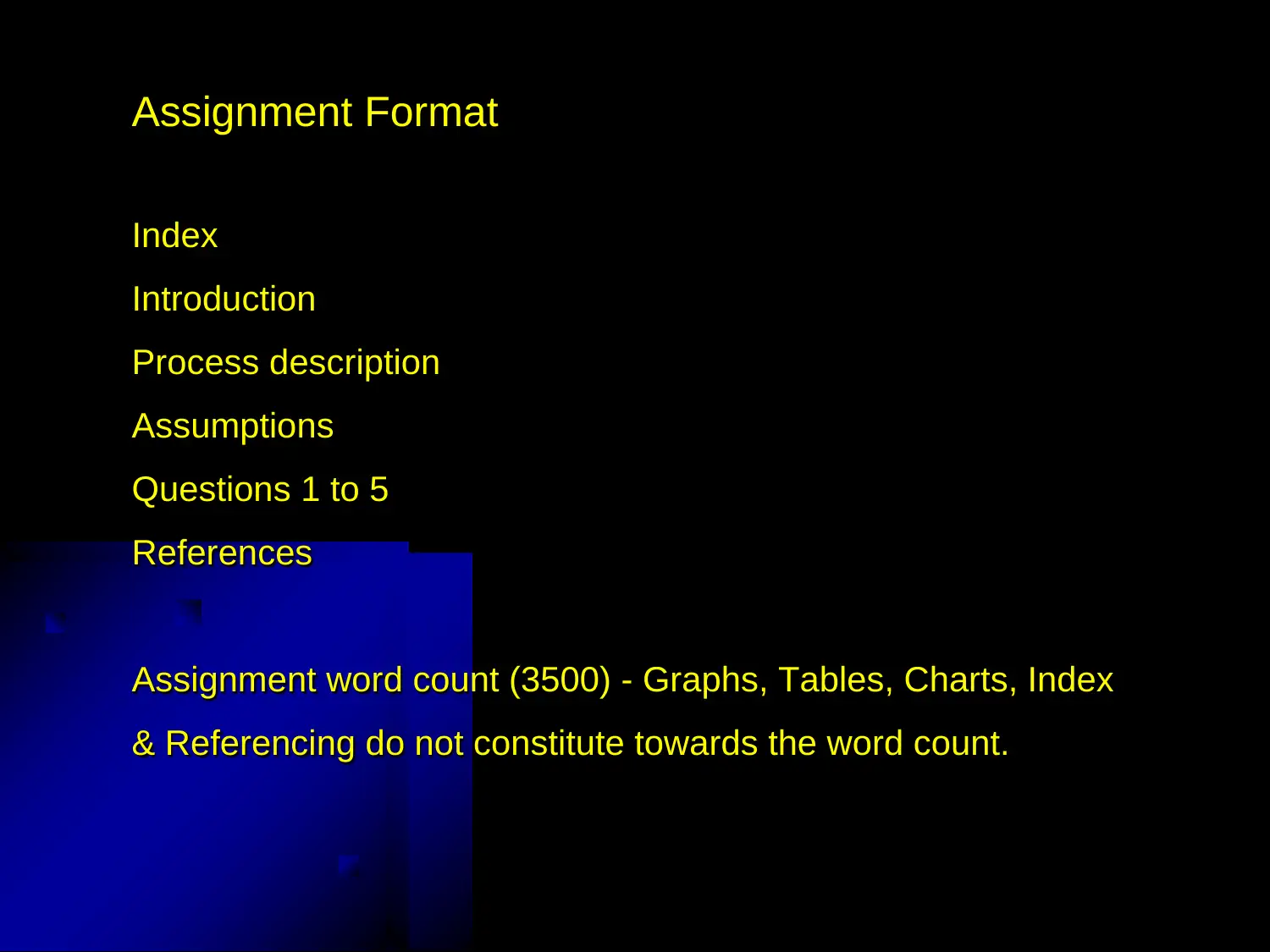



![[object Object]](/_next/static/media/star-bottom.7253800d.svg)